The snake robot, dubbed Exobiology Extant Life Surveyor (EELS), will one day plunge into the subsurface oceans of Enceladus.


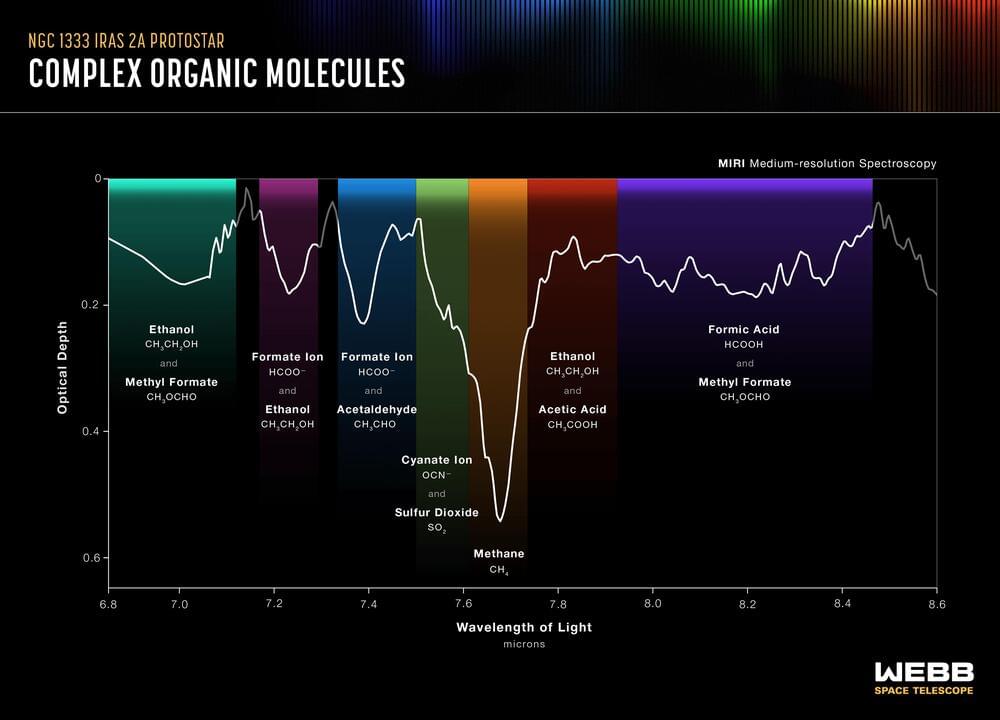
What do margaritas, vinegar, and ant stings have in common? They contain chemical ingredients that NASA’s James Webb Space Telescope has identified surrounding two young protostars known as IRAS 2A and IRAS 23385. Although planets are not yet forming around those stars, these and other molecules detected there by Webb represent key ingredients for making potentially habitable worlds.
An international team of astronomers used Webb’s MIRI (Mid-Infrared Instrument) to identify a variety of icy compounds made up of complex organic molecules like ethanol (alcohol) and likely acetic acid (an ingredient in vinegar). This work builds on previous Webb detections of diverse ices in a cold, dark molecular cloud.
What is the origin of complex organic molecules (COMs)?
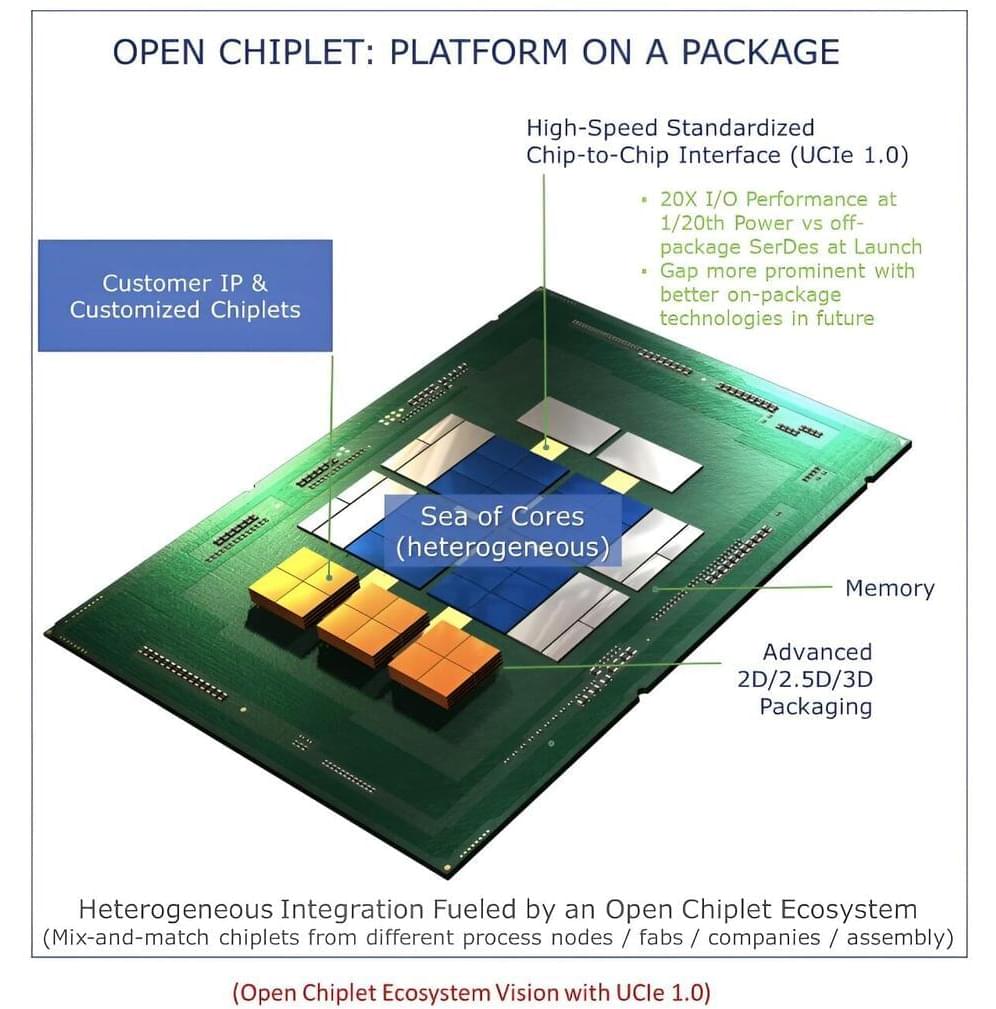
The integration of electronic chips in commercial devices has significantly evolved over the past decades, with engineers devising various integration strategies and solutions. Initially, computers contained a central processor or central processing unit (CPU), connected to memory units and other components via traditional communication pathways, known as front-side-bus (FSB) interfaces.
Technological advances, however, have enabled the development of new integrated circuit (IC) architectures relying on multiple chiplets and more sophisticated electronic components. Intel Corporation played a crucial role in these developments, by introducing new architectures and specifications for the design of systems with multiple packaged chiplets.
Researchers at Intel Corporation Santa Clara recently outlined a new vision for further boosting the performance of systems developed following universal chiplet interconnect express (UCIe), a specification to standardize the connections between multi-function chiplets in modern System-in-Package (SiP). Their proposed approach, presented in a paper in Nature Electronics, entails reducing the frequency in these circuits to boost their power efficiency and performance.

Can anyone think of a good use for this protein in our cells in the future? Perhaps in space travel? 😁
Freeze ‘em, heat ‘em, blast them into empty space; with survival skills unlike any other organism on the planet, those hardy critters known as tardigrades will only come back for more.
While it’s clear their ability to withstand stress is in part due to their ability to turn their insides into gel, the mechanisms behind this act of metabolic preservation haven’t yet been made clear.
A new study led by researchers from the University of Wyoming found that expressing key tardigrade proteins in human cells slowed metabolism, providing critical insights into how these virtually indestructible invertebrates can survive under the most extreme conditions.
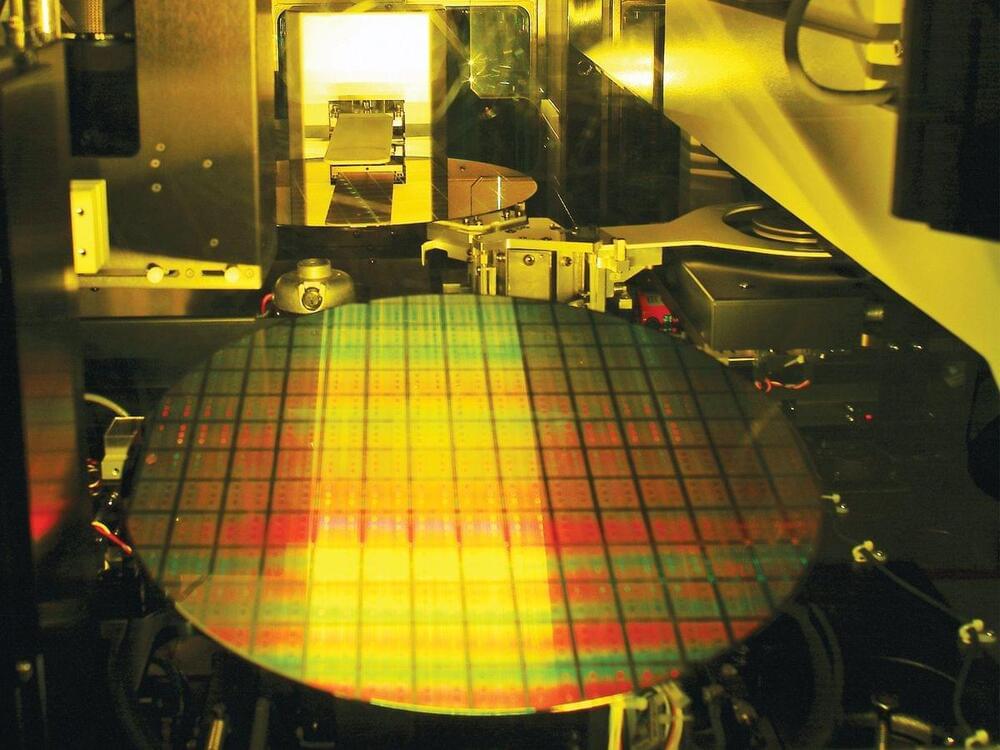
Largely thanks to advances in semiconductor technology, a measure called energy-efficient performance is on track to triple every two years (EEP units are 1/femtojoule-picoseconds).
In particular, the EEP increase will be enabled by the advanced packaging technologies we’ve been discussing here. Additionally, concepts such as system-technology co-optimization (STCO), where the different functional parts of a GPU are separated onto their own chiplets and built using the best performing and most economical technologies for each, will become increasingly critical.

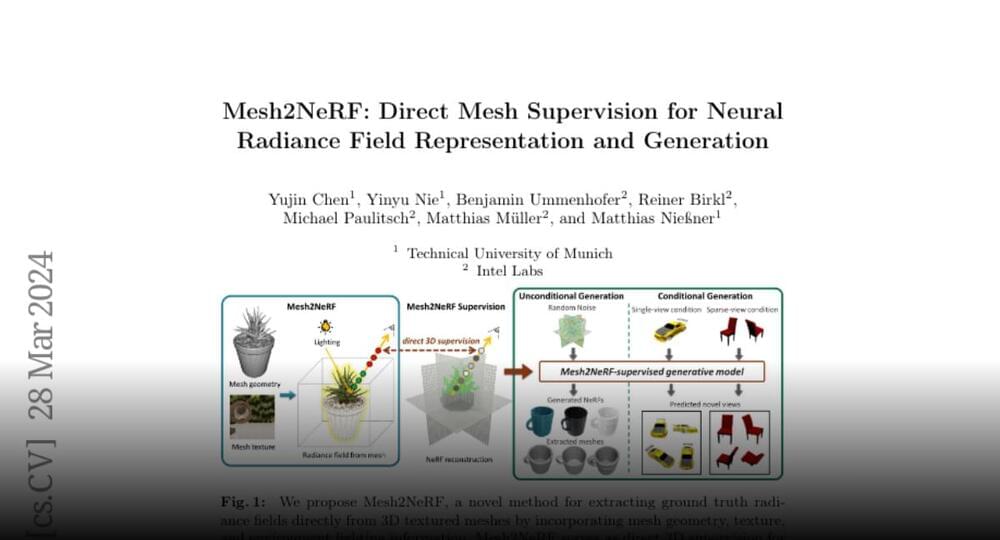

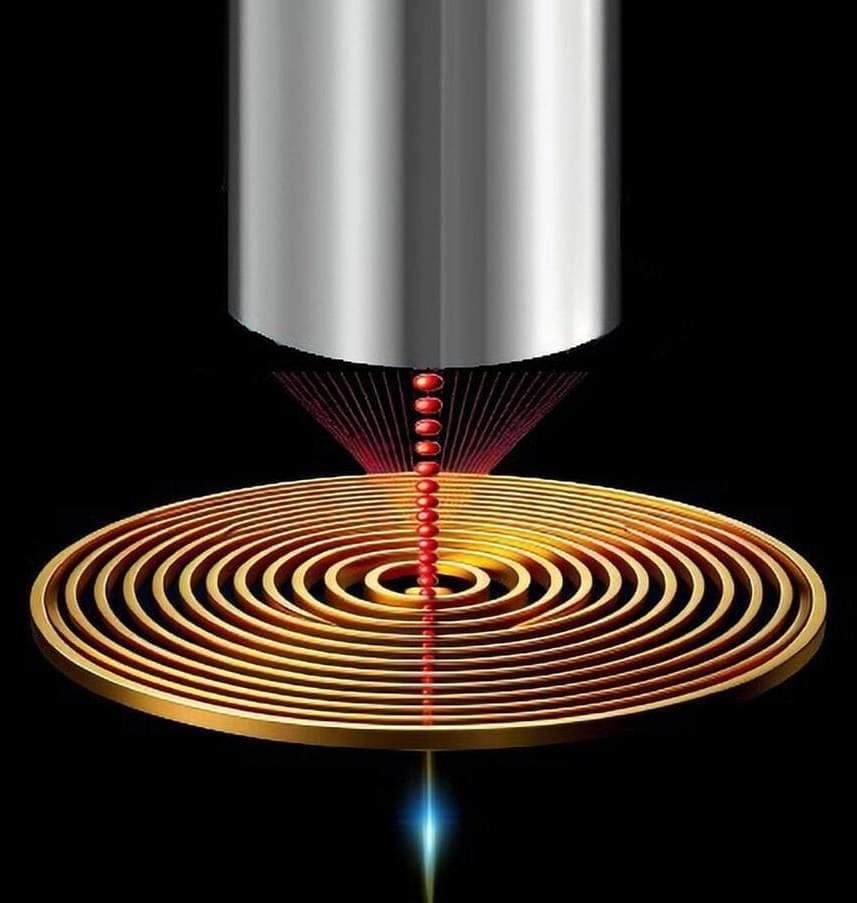
A new study by Hebrew University has made a significant breakthrough by successfully incorporating single-photon sources into small chips that operate at room temperature. This development marks a crucial progress in the field of quantum photonics, opening up possibilities for its use in quantum computing and cryptography. It represents a key achievement in creating usable quantum photonic devices, signaling an optimistic outlook for the complete realization of quantum technologies, including computing, communication, and sensing.
A recent study, spearheaded by Boaz Lubotzky during his Ph.D. research, along with Prof. Ronen Rapaport from the Racah Institute of Physics at The Hebrew University of Jerusalem, in collaboration with teams from Los Alamos National Laboratory (LANL) in the USA and from Ulm University in Germany, unveiled a significant advancement toward the on-chip integration of single-photon sources at room temperature. This achievement represents a significant step forward in the field of quantum photonics and holds promise for various applications including quantum computing, cryptography, and sensing.

Christian Lemon, Ph.D., an associate professor in the School of Biological Sciences at the University of Oklahoma, often thinks about temperature sensation and the brain when eating a chilled mint cookie. Now, research from his lab examining oral temperature perception has been published in The Journal of Neuroscience.
In their research, Lemon’s team investigates how cold receptors in the mouth are activated by cooling temperatures, how those signals are transmitted to the brain and how those transmissions are generated into a cooling sensation.